You're driving on a highway, and it feels like the car is on a bumpy road. Now you're wondering, "What is making my car bouncy and loose?" Also, what can you do to fix the problem? We researched what you can do with this concern, and here's what we found.
The appropriate course of action to follow if a car feels bouncy and loose while driving often depends on the underlying cause of the problem. These events may come from a range of sources, from a loose suspension to a broken driveshaft.
It’s important to troubleshoot and locate the cause of the issue before serious complications arise. Continue reading as we talk about these possible reasons why your car feels bouncy and loose in greater detail. We’ll also tackle some possible solutions to these concerns.
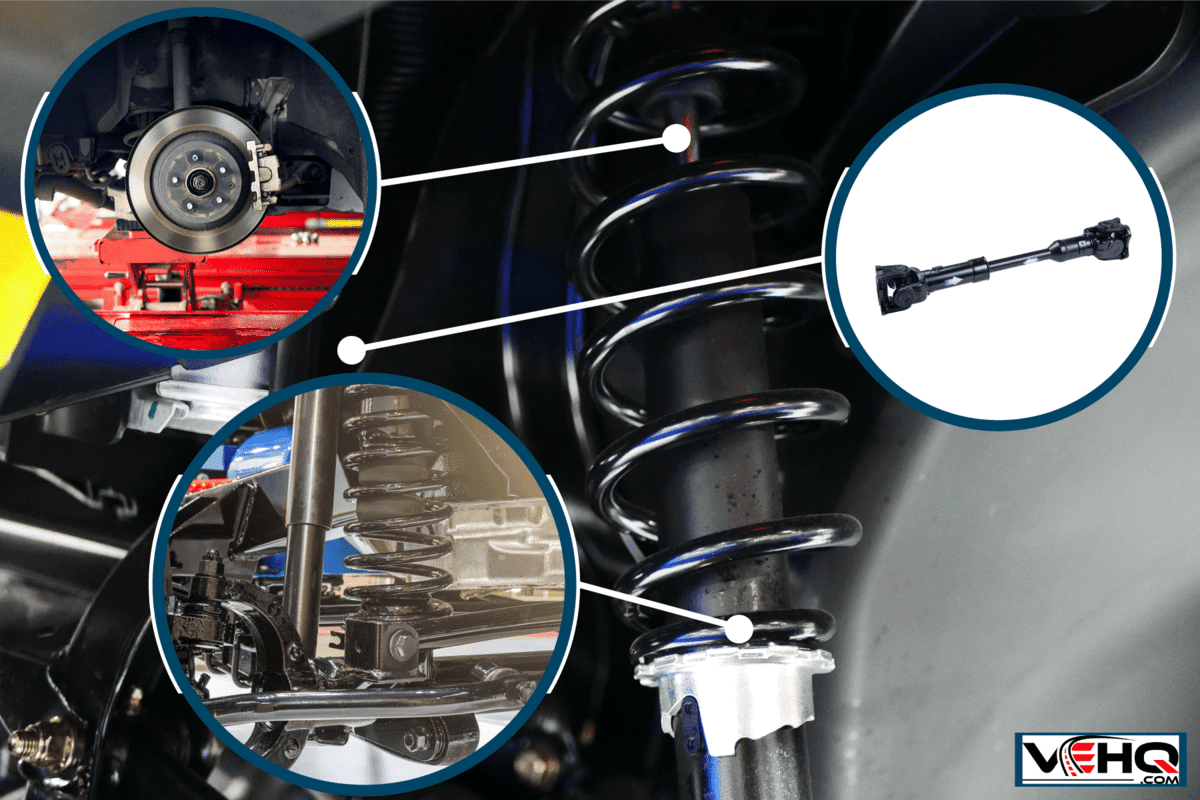
Why Does My Car Feel Like It’s Loose And Bouncy When I Drive?
If your car feels wobbly, even when you’re driving on a highway, this problem may originate from different sources. Some of the possible causes of this bounciness and looseness you feel with your vehicle are:
Loose Suspension
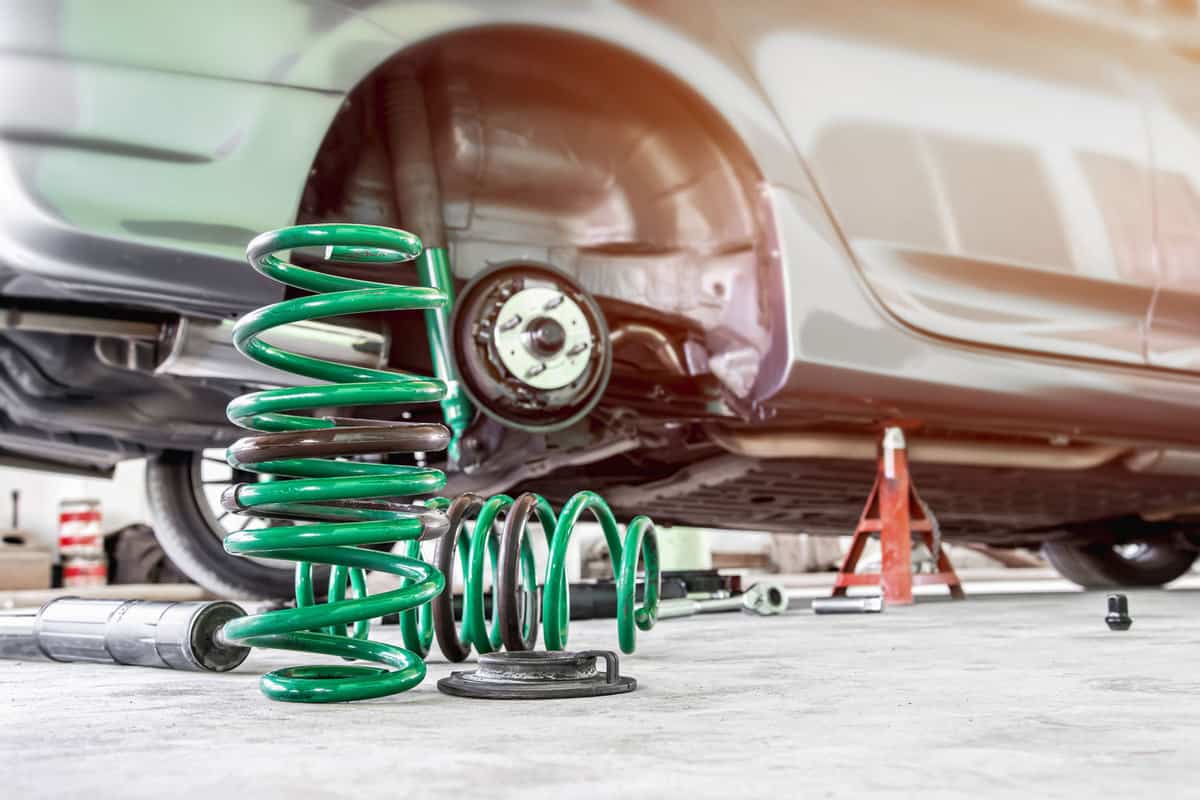
Everyday use can wear down your vehicle’s suspension, causing it to become loose over time. Keep in mind that this assembly is responsible for absorbing the shocks as you drive through different terrain.
You should also have a good idea as to which side of the vehicle has the loose suspension if the car leans to a particular side. An ill-fitting suspension might also have difficulty holding the car’s weight, which may cause serious problems and expensive repair jobs if left unchecked.
Bad Brake Rotors
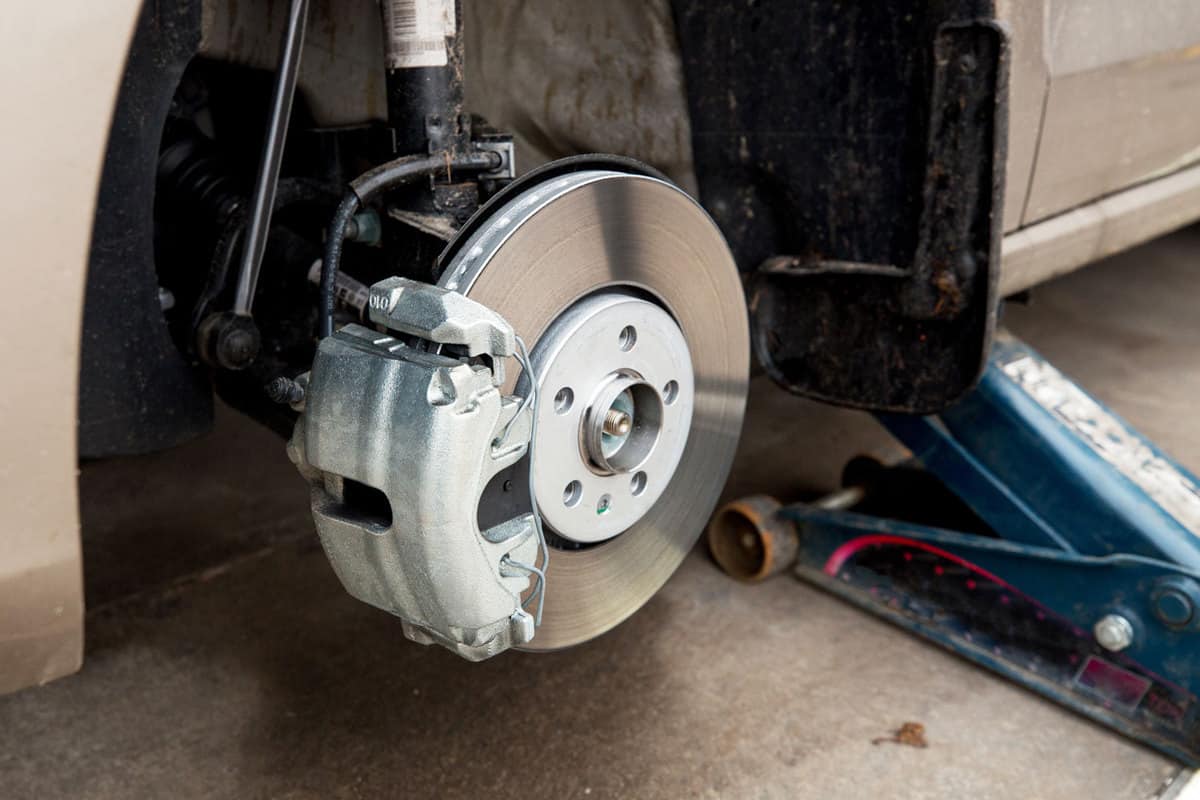
Remember, part of the driving experience is stopping when needed. If the car feels like it’s shaking when you press the brake pedal, the problem could lie in the brake rotors going bad.
The typical brake rotor should last anywhere from 30,000 to 70,000 miles. It might also last longer than that period if you practice proper care on it frequently.
You can test your brake rotors by parking your vehicle at a safe location and stepping on the brake pedal. This assembly is at fault if the steering wheel starts to shake uncontrollably at the slightest pressure made to the brake pedal.
Out-Of-Balance Tires
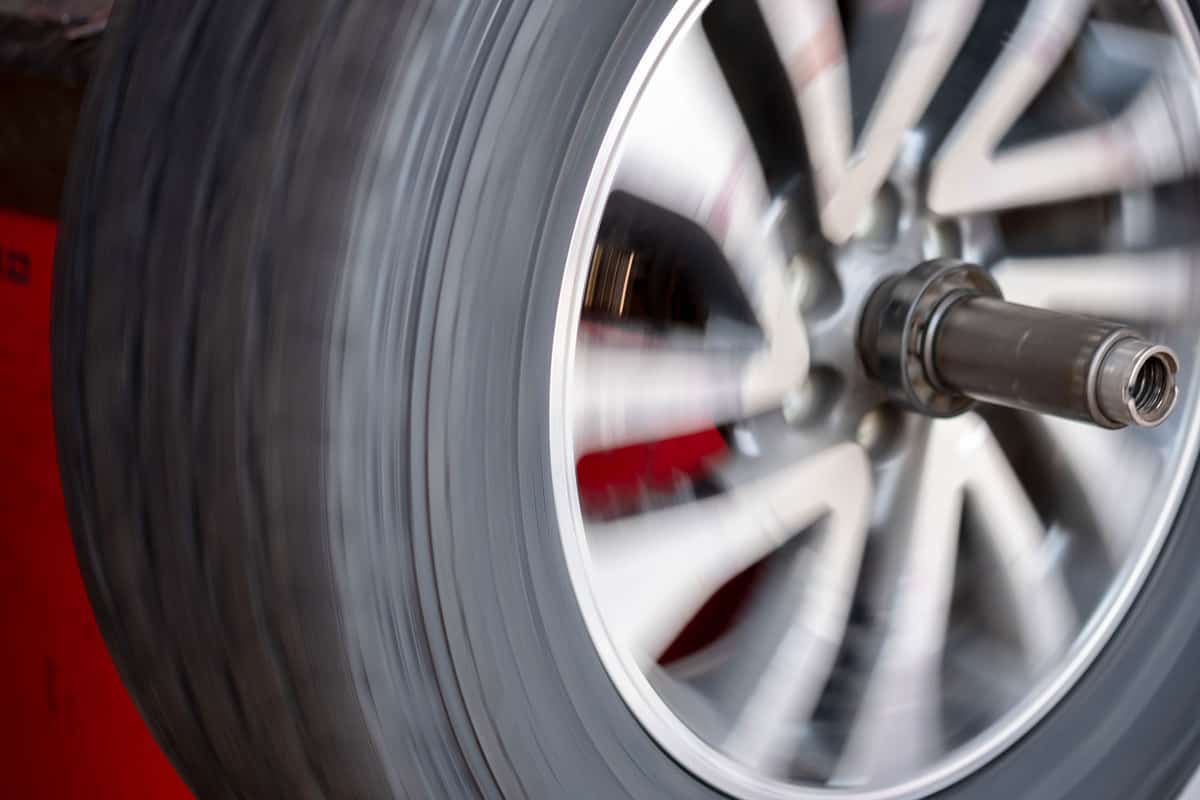
A car performs the best that it can when it’s level. If a tire becomes unbalanced, the entire vehicle might feel loose and wobbly. This particular concern can also come from different sources, including (but aren’t limited to):
- Cold weather
- Wheel weight loss
- Tire deflation from frequent use
- Frequent driving over potholes and speed bumps
Aside from the bouncy and loose driving experience, out-of-balance tires can also become the source of other issues. For example, you might notice that your car consumes more fuel than usual. You might also hear strange noises from the vehicle, such as loud humming or buzzing.
You can also read our post on what it means if there’s a scraping noise from the wheel while driving to gain additional insight on this concern.
Broken Driveshaft
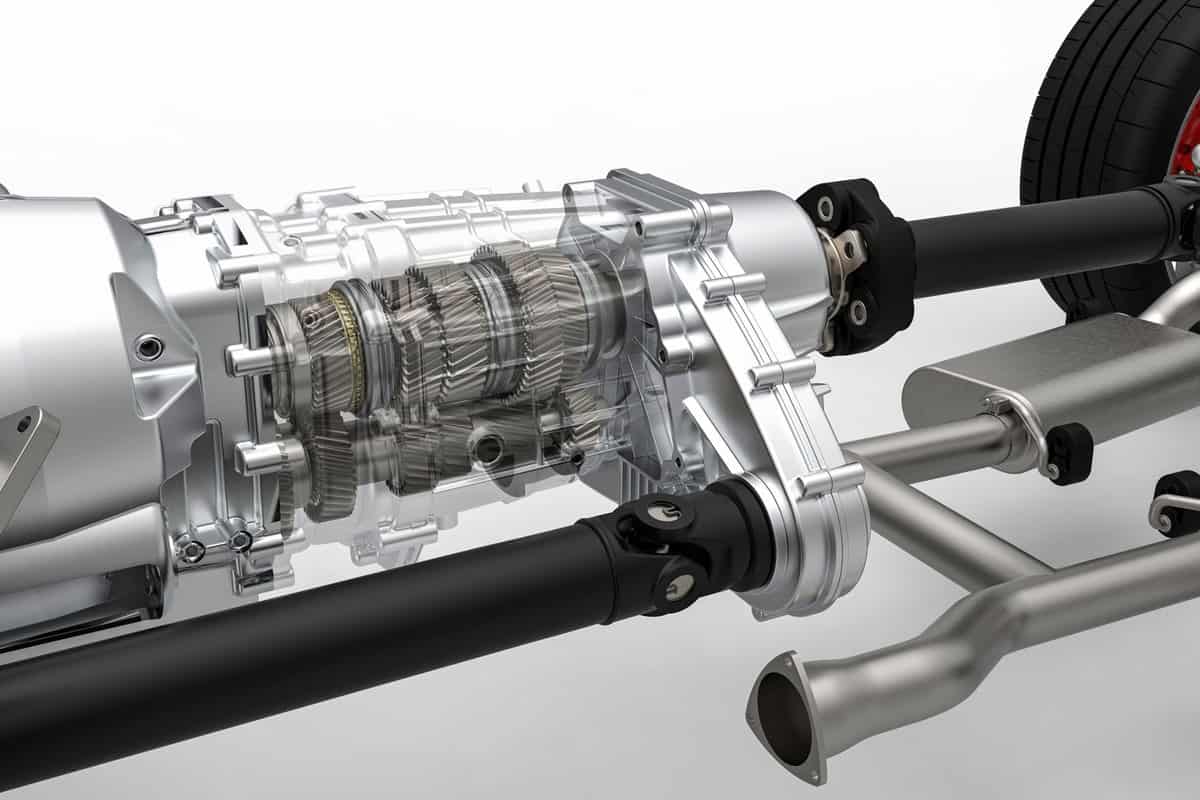
A car’s driveshaft doesn’t usually malfunction or break with natural wear and tear. But it can break because of external forces, such as a collision made by another car. If so, your vehicle may feel loose and shake at random instances while you’re driving. This issue might even be present as you’re driving at slow speeds.
How To Fix A Car That Feels Unstable?
In this section, you’ll learn some possible solutions on how to repair a car that feels unstable based on the source of the issue:
Replace The Bushings And Control Arms
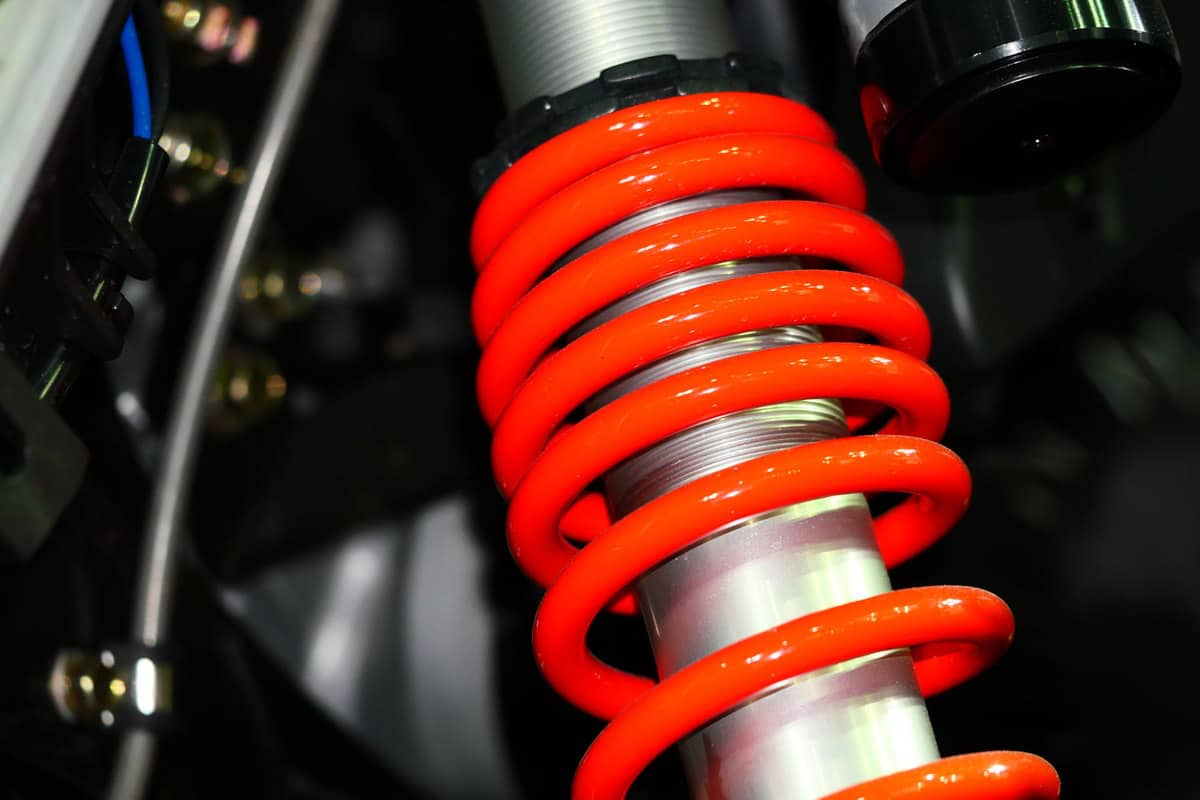
Control arms link the suspension to the car’s front wheels. Replacing these components may help tighten the suspension, improving the driving performance of the vehicle as well.
However, make sure that the control arm you’re installing is compatible with your vehicle. Pay attention to its compatibility before you finalize the purchase. Also, look for the faulty suspension before attempting the replacement job to save you a lot of time and effort.
Also, practice proper safety when doing this task. Wear a pair of gloves to help keep your hands clean while you’re replacing the components. Plus, don’t forget to wear safety glasses to help prevent small objects from entering your eyes during this process.
After completing the necessary preparations, here are the steps to replace the bushings and control arms on your car:
What You’ll Need
- Carjack
- Jack stands
- Ratchet wrench
- Wrench set
- Screwdriver
- Rubber hammer or mallet
- Metal wire brush
- Thread locker
- Torque wrench
- Automotive grease
- Trailer arm assembly
Step-by-Step Guide
- Use the carjack to lift the side of the car with the offending suspension.
- Add as many jack stands to the setup as possible to ensure that the vehicle doesn’t move while you’re working on it.
- Unscrew and take out the trailing arm from the under chassis.
- Remove the lower control arm by taking out the bolts securing it.
- Lift the new trailer arm and line it up to the body mount. Use a rubber hammer or mallet to set the assembly in place if needed.
- Apply medium-strength thread locker to the trailer arm’s threads.
- Secure the trailer arm with the bolts and nuts that should come with the kit.
- Adjust the carjack so that the car's weight is on the bushings.
- Torque the bolts to 50-foot pounds.
- Apply automotive grease to the bushings.
- Unscrew and remove the faulty control arms. Carefully destroy the old bushing connecting the previous control arm setup if necessary.
- Apply grease to the new bushing and push the part into the bracket. Tap it with the hammer lightly, so it’s flush.
- Add grease to the control arm sockets.
- Install the control arms while paying attention to their orientations.
- Adjust the carjack, so the weight is on the axle. Then, torque the bolts on the control arms to 70-foot pounds.
Check out this suspension control arm kit on Amazon.
You can also watch the video below to learn more details about this replacement project:
Don’t forget to read our post on active suspension if you want to learn about this particular car assembly.
Rebalance Tires
Wheel and tire installations may not complete as expected, so the setup becomes imbalanced. You can rebalance your tires at home using the following guide:
What You’ll Need
- Portable wheel balancer
- Lug wrench
- Plywood
- Screwdriver
- Small weights
- Heavy-duty glue
Step-by-Step Guide
- Remove the offending wheel assembly from the tire with the help of the lug wrench.
- Place the base of the portable wheel balancer on the piece of plywood.
- Add the rod and balancer on top of the base.
- Adjust the bubble on the balancer, so it’s level.
- Add weights to the wheel assembly to balance it. Once satisfied, stick the weights on the wheel with glue.
- Reinstall the wheel assembly into the tire.
Check out this portable wheel balancer on Amazon.
This video will also show you a visual representation of the steps mentioned above:
How Can I Make My Car More Comfortable?

Aside from removing the bounciness and looseness of your vehicle, you can also install accessories to the car to make your driving and riding experience more comfortable than before. Some of the things that you may want to add are:
Upholstered Seats
Upholstering the car’s seats may help add extra comfort to the vehicle, which might be essential for those long road trips. You may add these accessories yourself or bring your car to an automotive upholstering shop to let the professionals handle this job.
Check out this driver seat upholstery on Amazon.
Window Seals
Adding seals to the windows can help reduce wind noise, which would otherwise distract you from having a pleasant drive. Quality seals may also help in preventing dirt from entering the vehicle’s cabin while driving.
Check out this window sealing strip on Amazon.
Infotainment System
It wasn’t until the 2010s that the infotainment display became a reality in many vehicles. However, you can still install aftermarket infotainment screens on the dashboards of old cars to help enhance comfort and convenience for drivers and passengers.
Check out this aftermarket touchscreen infotainment system on Amazon.
Final Words
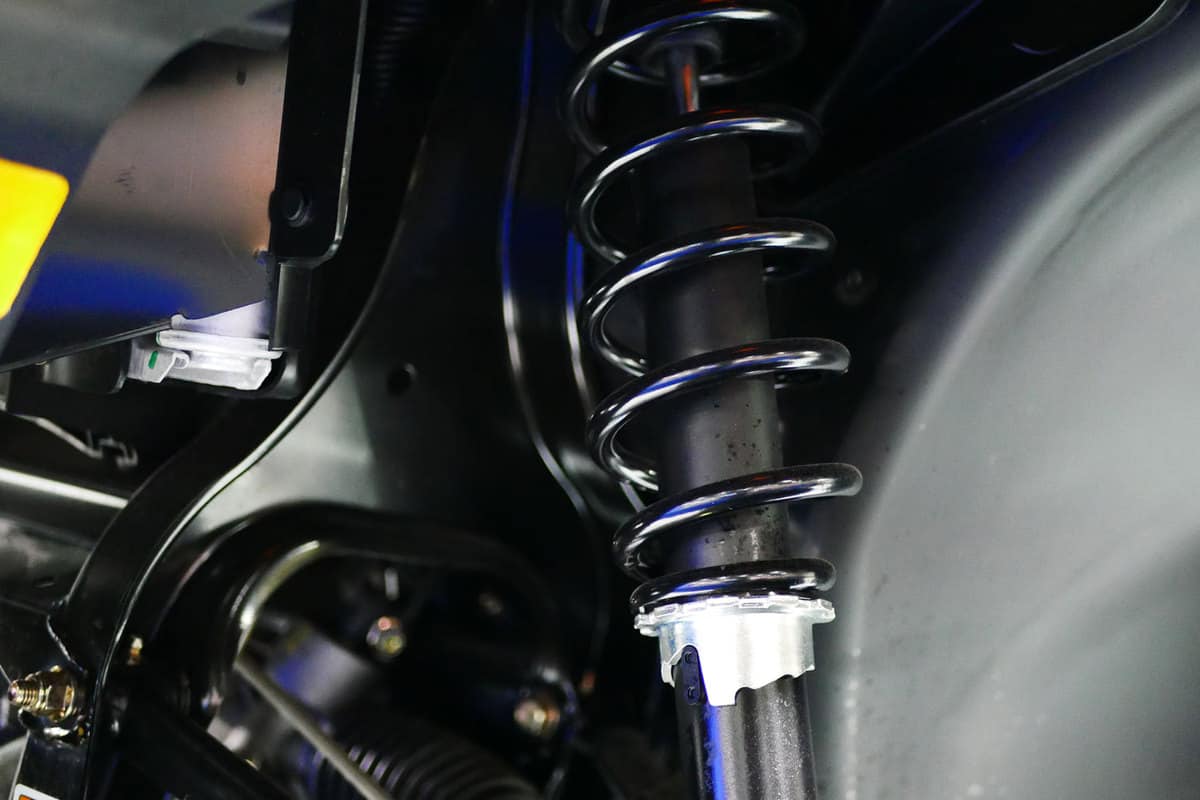
A car that feels bouncy and loose as you’re driving on relatively flat roads can mean different problems. These issues may appear because of underlying causes like a bad brake rotor or an out-of-balance tire. Make sure that you follow the appropriate course of action to ensure that you’re fixing the correct issue.





